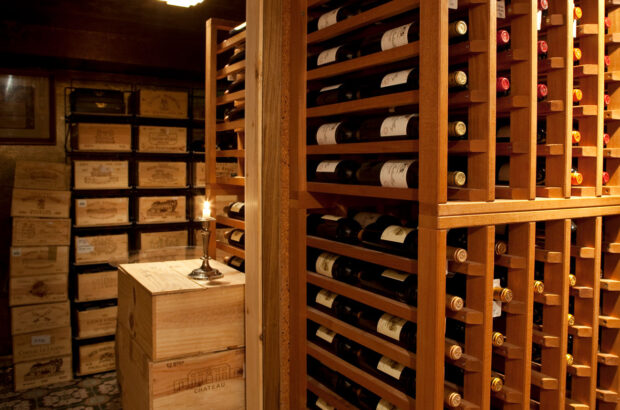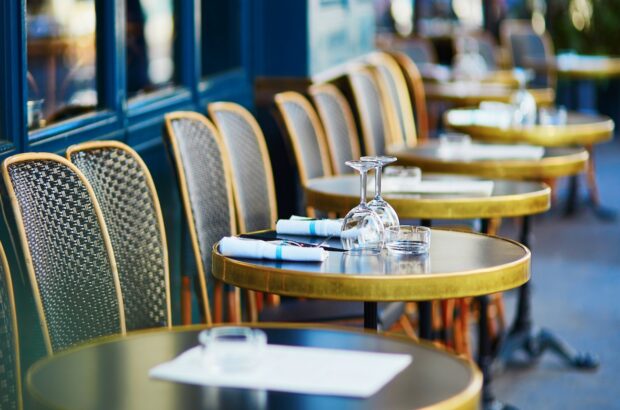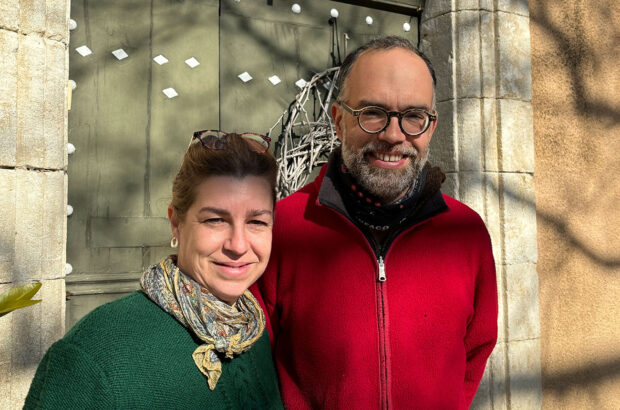Bordeaux Chateau Brane Cantenac is using Carmenere in its Grand Vin for the first time, the result of climate change, owner Henri Lurton said.
Although almost never used in Bordeaux, Carmenere is a sixth variety allowed under appellation rules. It was widely-planted in the Medoc in the 19th century, and regarded as a mainstay of claret, but it is difficult to ripen and prone to disease and its popularity waned.
Henri Lurton told Decanter.com there used to be Carmenere at the Margaux second growth but it was pulled it up in the mid-1990s as it never achieved full ripeness.
‘Then in 2006 our young Chilean intern, shocked we had no Carmenere when the variety originated here, invigorated us to research the grape. We discovered it was a grape which truly needs a lot of heat and sunshine, and in the light of global warming, decided to replant it on the best, well-exposed terroir on the plateau de Brane in front of the chateau.’
They replanted half a hectare in 2007 (a fraction of the 75ha total vineyard) and did not plan on using it in the 2011 vintage, but the summer weather, marked by fluctuations in temperature but on average very warm, allowed the Carmenere to ripen well.
‘We harvested the Carmenere three weeks later than our last Cabernet parcels in order to avoid the vegetal character that it usually displays when harvested too early,’ Lurton said.
The wine contains a tiny amount of the grape – 0.5% – but according to Christophe Capdeville, operations manager at Brane, it adds ‘zing’ and personality.
‘If one is patient and gives it all the necessary care, this varietal can give wines with lots of color, lots of aromas of exotic fruit rather than the usual red or black fruit. It also adds an impression of sweetness in the mouth and grainy tannins like corduroy, rather than velvet.’
He added, ‘Since this is one of the six historical varietals in Marguax, given global warming I thought it essential to reintroduce.’
Written by Marisa D’Vari







